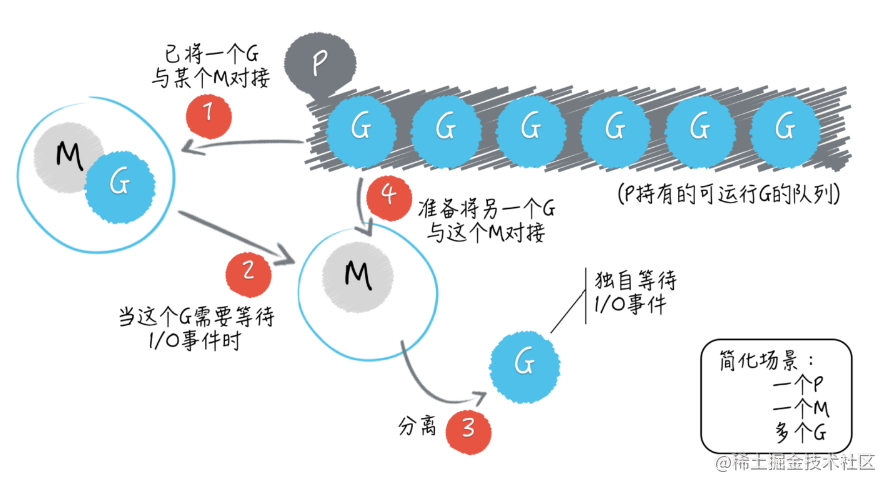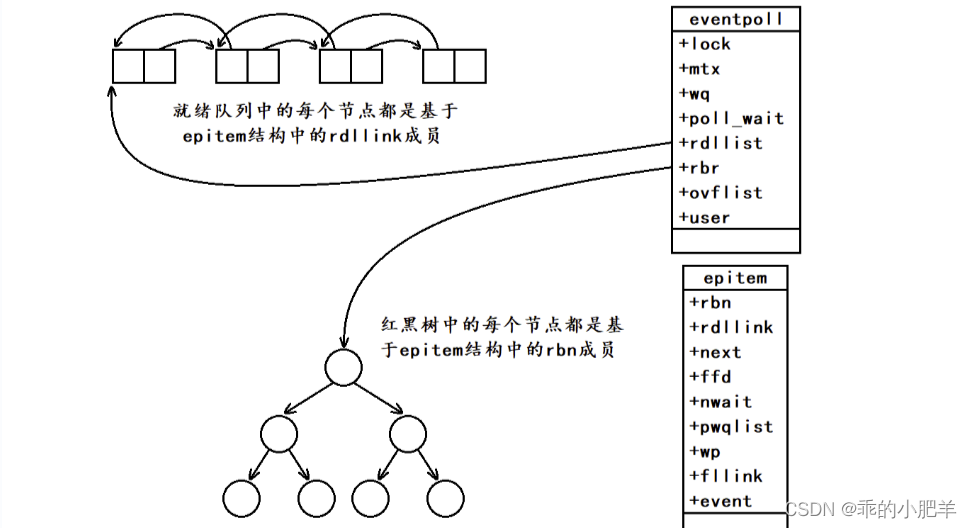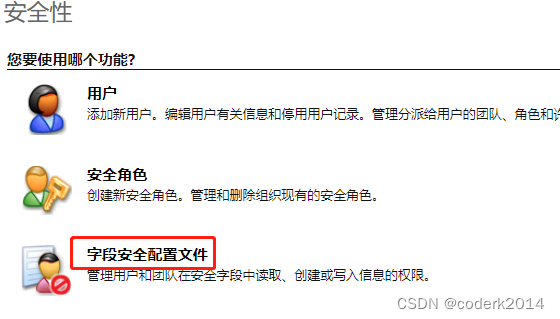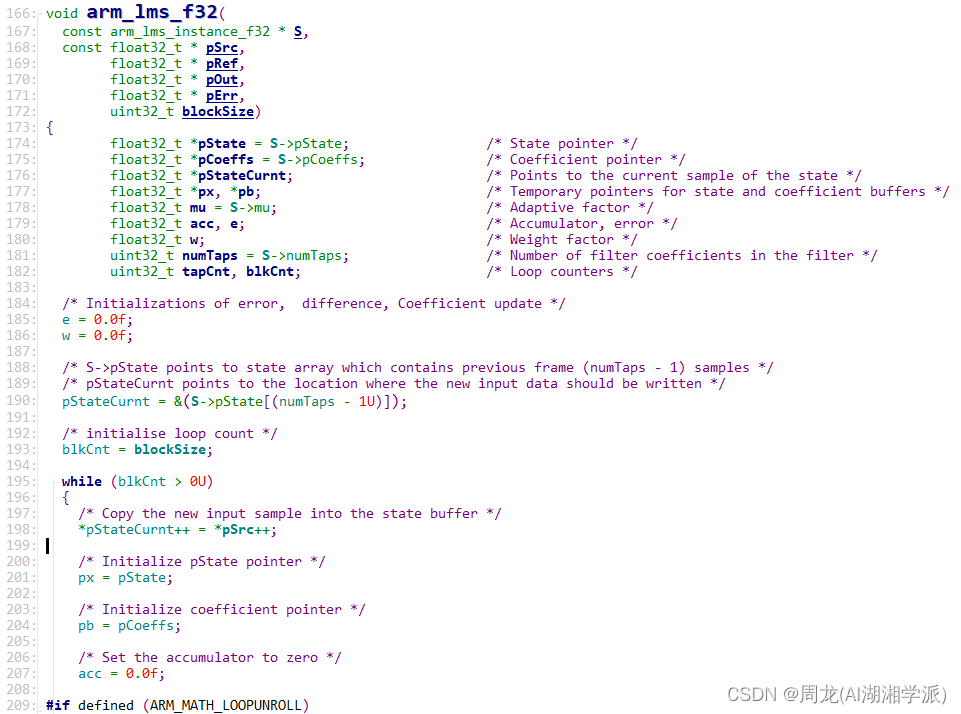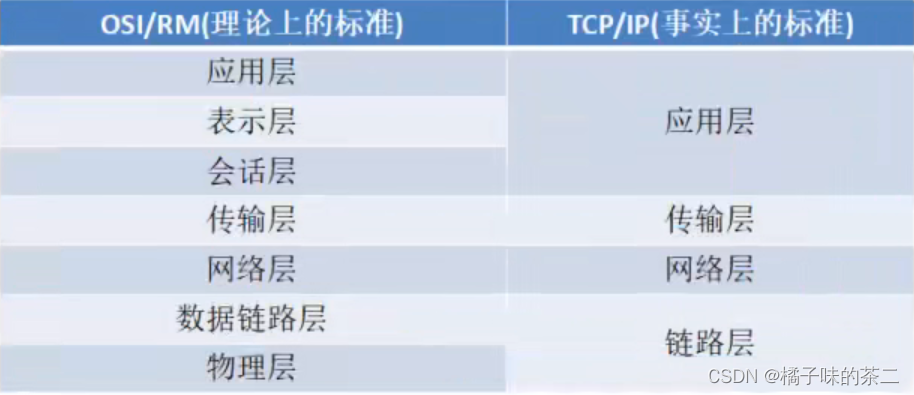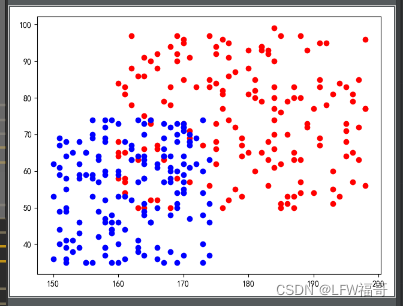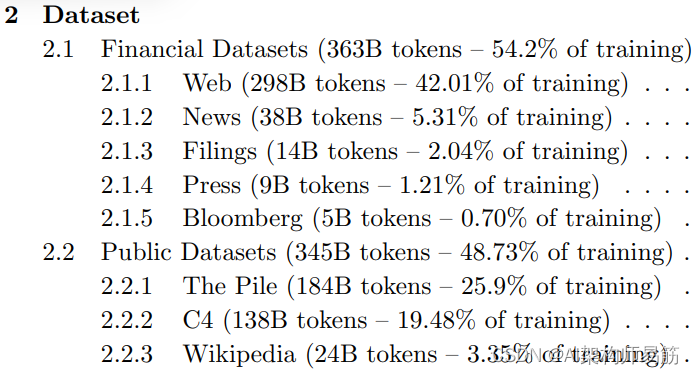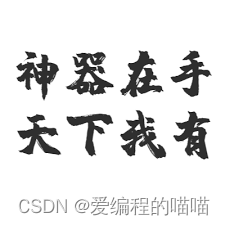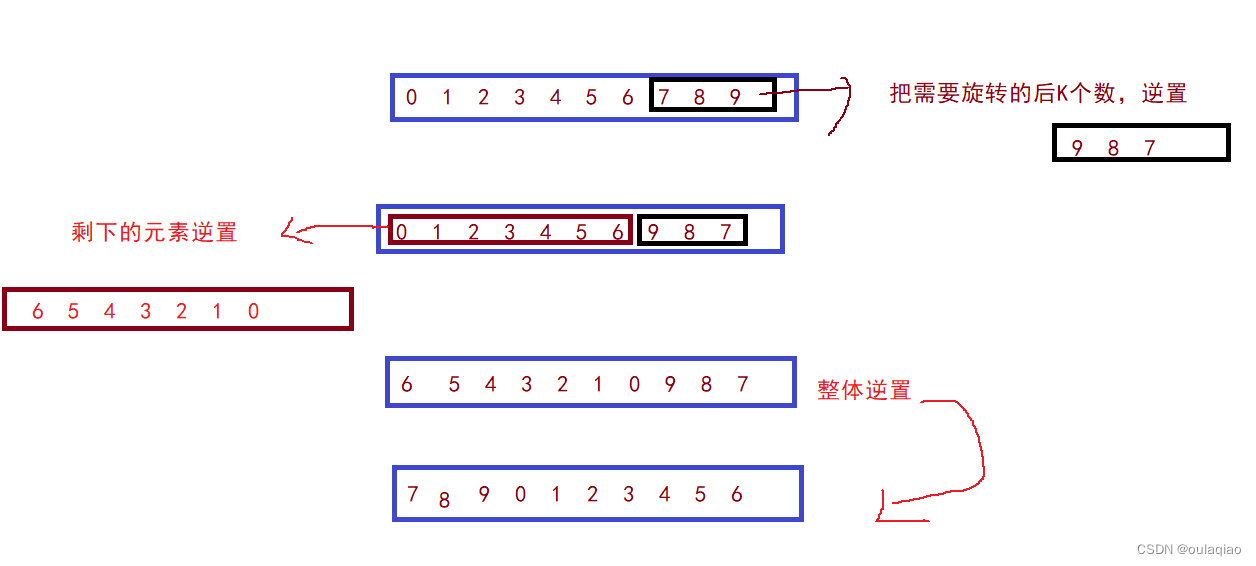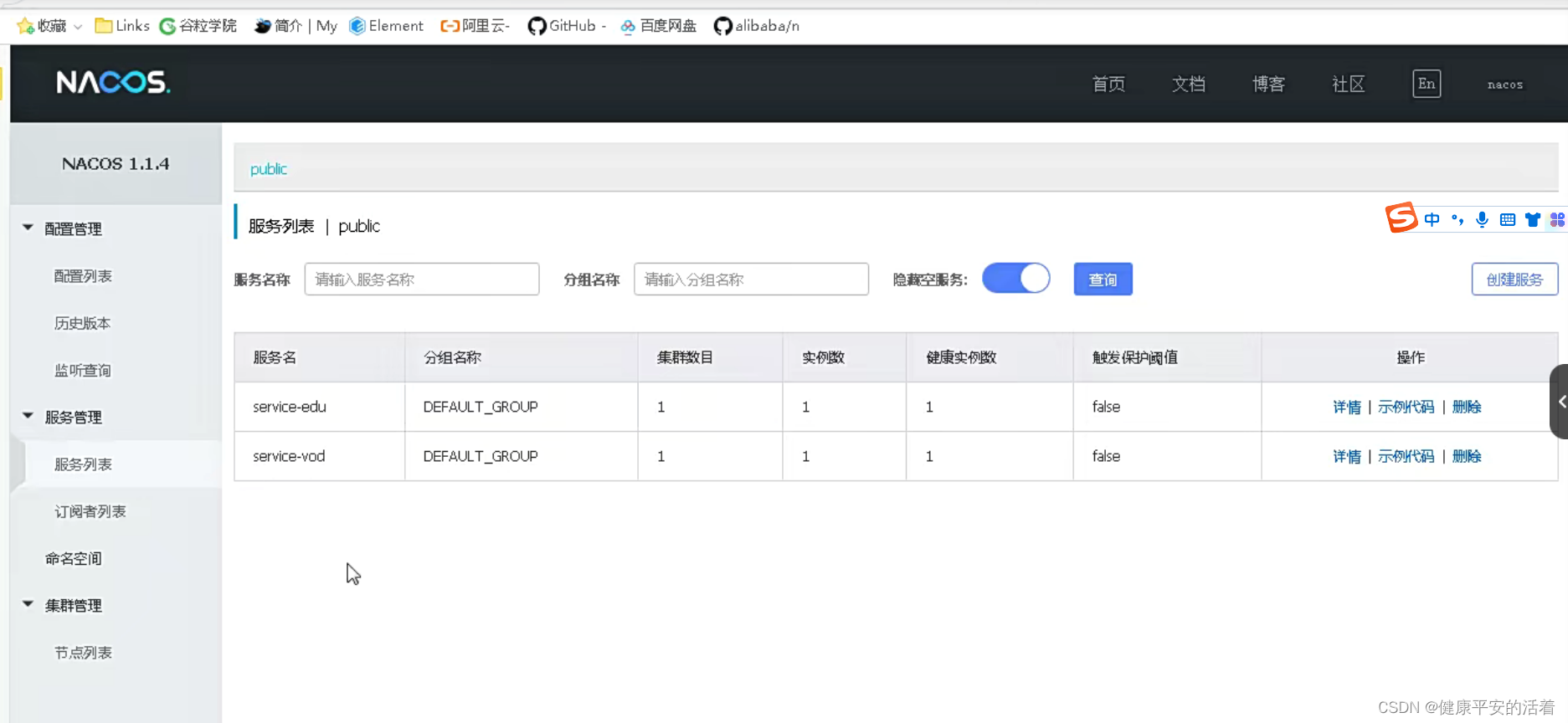一、Xmind整理:
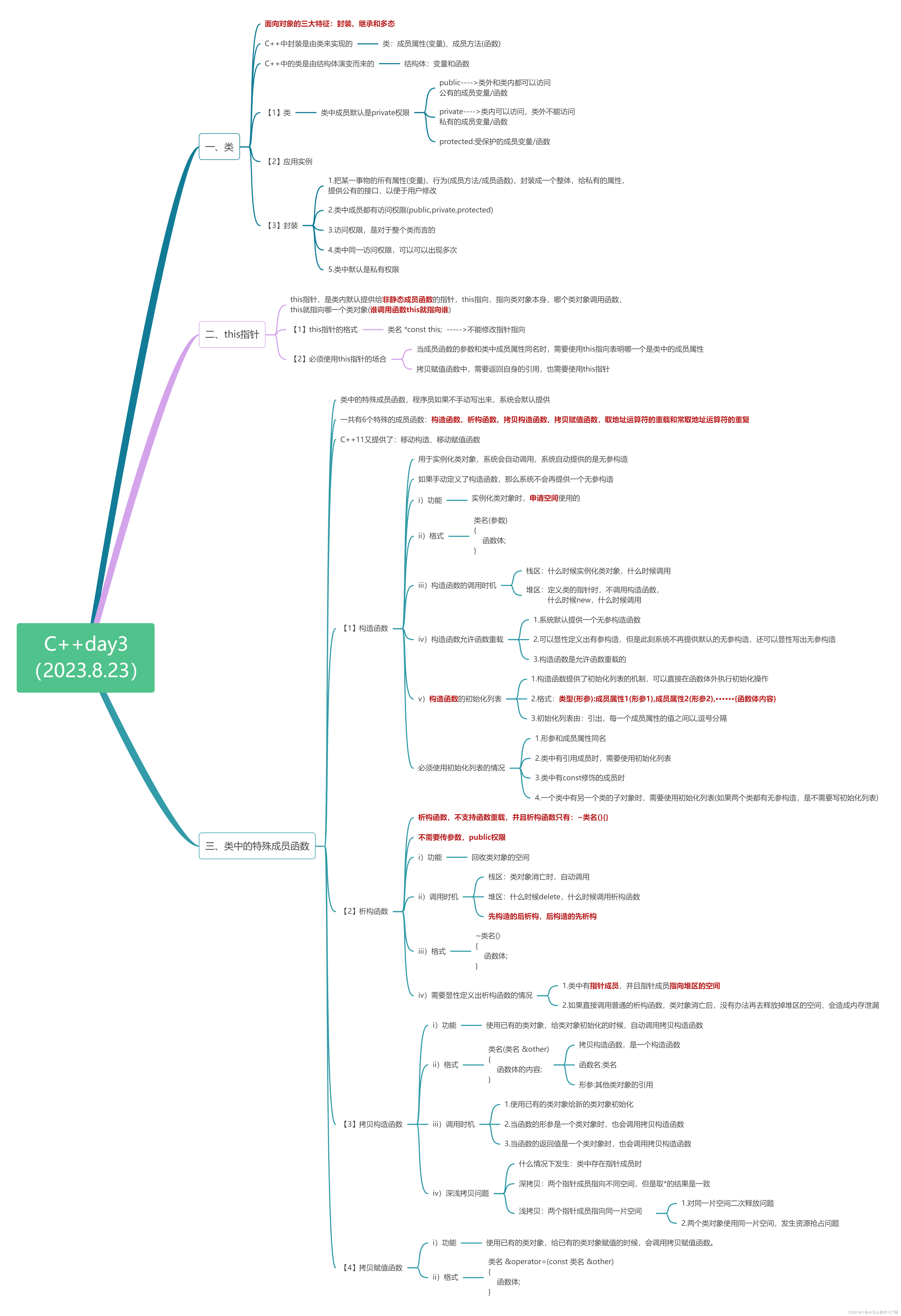
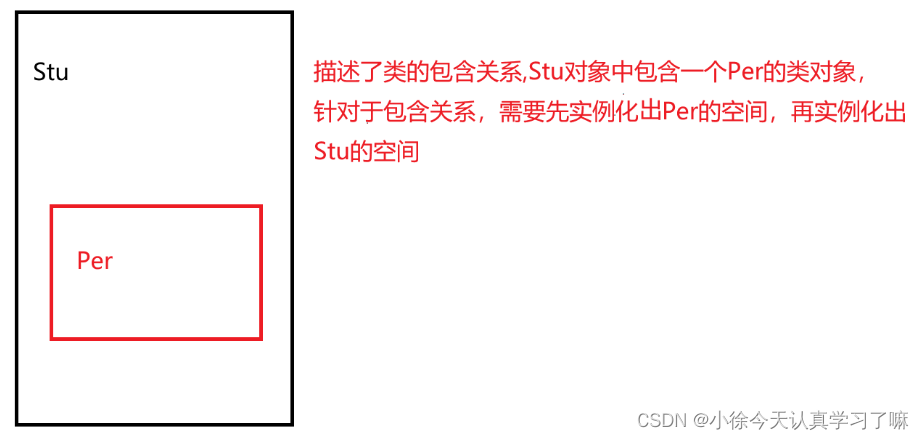
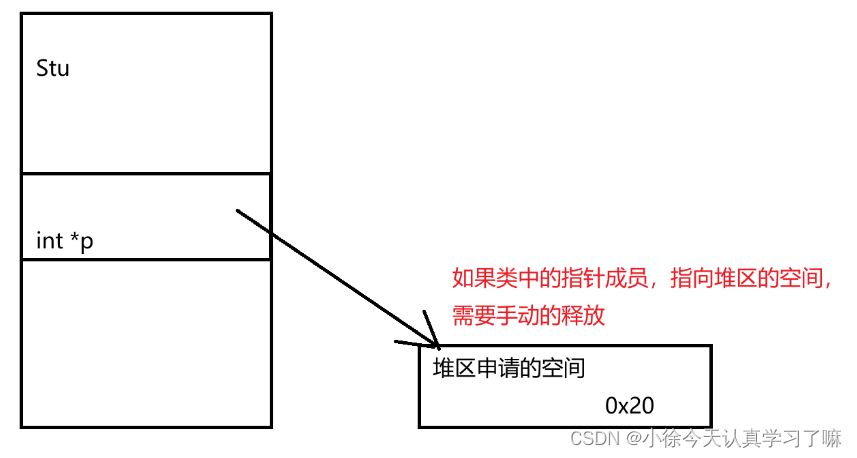
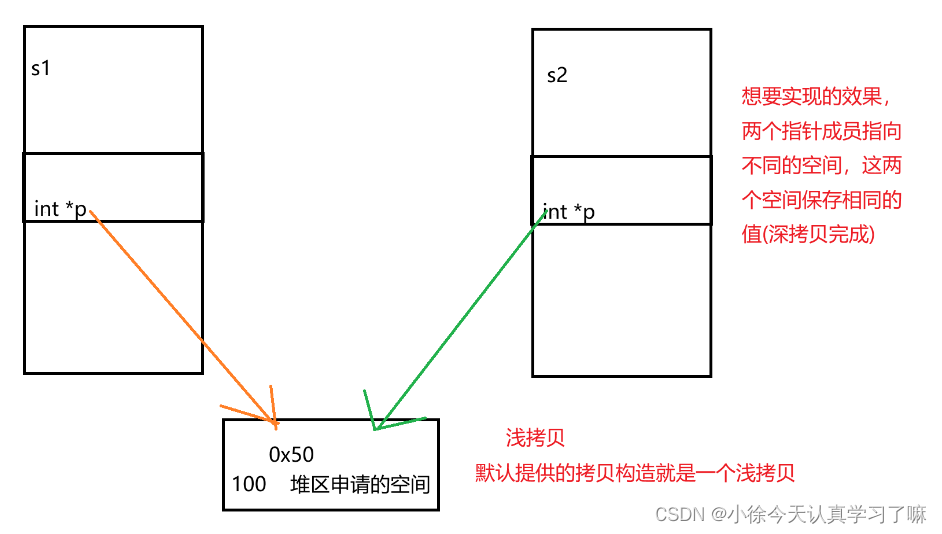
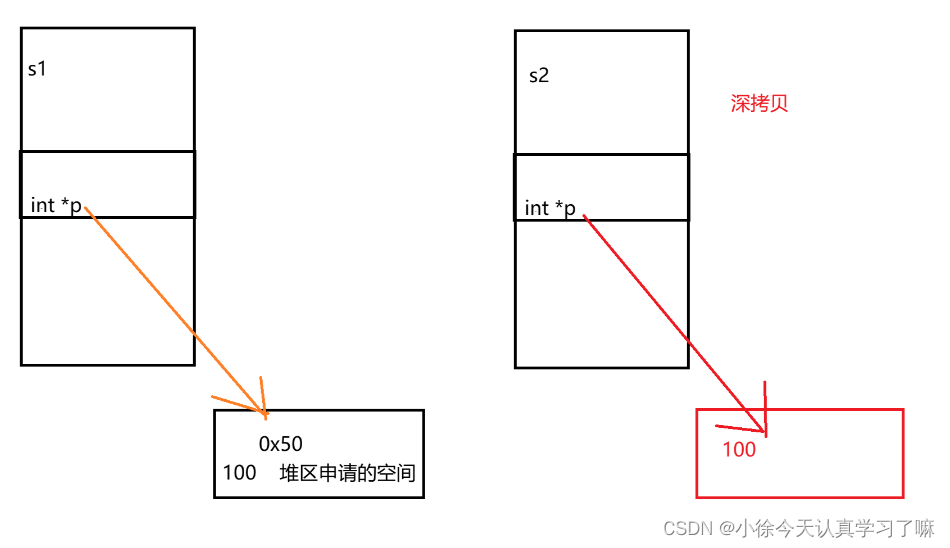
二、上课笔记整理:
1.类的应用实例
#include <iostream>
using namespace std;
class Person
{
private:
string name;
public:
int age;
int high;
void set_name(string n); //在类内声明函数
void show()
{
cout << "name = "<< name << " age = "<<age << " high = "<<high << endl;
}
};
int main()
{
Person p1; //实例化一个类对象p1
p1.set_name("zhangsan");
p1.age = 90;
p1.high = 100;
p1.show();
return 0;
}
//类外实现
void Person::set_name(string n)
{
name = n;
}2.定义一个矩形类(Rectangle),包含私有成员长(length)、宽(width),定义成员函数:
设置长度: void set_len(int l);
设置宽度: void set_wid(int w);
获取长度: int get_len();
获取宽度: int get_wid();
显示周长和面积: void show();
#include <iostream>
using namespace std;
class Rectangle
{
private:
int length;
int width;
public:
void set_len(int l);
void set_wid(int w);
int get_len();
int get_wid();
void show()
{
cout << "周长为:" << 2*(length+width) << endl;
cout << "面积为:" << length*width << endl;
}
};
void Rectangle:: set_len(int l)
{
length = l;
}
void Rectangle:: set_wid(int w)
{
width = w;
}
int Rectangle:: get_len()
{
return length;
}
int Rectangle:: get_wid()
{
return width;
}
int main()
{
Rectangle c;
c.set_len(3);
c.set_wid(4);
cout << "长为:" << c.get_len() << endl;
cout << "宽为:" << c.get_wid() << endl;
c.show();
return 0;
}
3.必须使用this指针的场合
#include <iostream>
using namespace std;
class Rec
{
int length;
int width;
public:
//所有函数的类内声明
void set_len(int length);
void set_wid(int width);
int get_len();
int get_wid();
void show();
};
void Rec::set_len(int length)
{
this->length = length;
}
void Rec::set_wid(int width)
{
this->width = width;
}
int Rec::get_len()
{
return length;
}
int Rec::get_wid()
{
return width;
}
void Rec::show()
{
cout << "周长" << 2*(length+width) << endl;
cout << "面积" << length*width << endl;
}
int main()
{
Rec r1; //实例化了一个Rec类的类对象r1
Rec r2;
r2.set_len(20);
r1.set_len(10);
r1.set_wid(3);
cout << "长:" << r1.get_len() << endl;
cout << "宽:" << r1.get_wid() << endl;
r1.show();
return 0;
}4.构造函数允许函数重载
#include <iostream>
using namespace std;
class Stu
{
string name;
int age;
public:
//定义Stu类的无参构造
Stu()
{
cout << "Stu的无参构造" << endl;
}
//函数重载
Stu(string name,int age)
{
this->name = name;
this->age = age;
cout << "Stu的有参构造" << endl;
}
Stu(string name)
{
this->name = name;
cout << "Stu的对name的有参构造" << endl;
}
};
int main()
{
Stu s1("zhangsan",18); //栈区的类对象
Stu *p; //在栈区申请一个Stu*类型的指针
p = new Stu("lisi"); //在堆区申请一个Stu的空间,会调用构造函数
return 0;
}5.构造函数的初始化列表
//包含其他类的子对象
#include <iostream>
using namespace std;
class Per
{
string name;
public:
//Per提供的有参构造
Per(string name)
{
this->name = name;
cout << "Per的有参构造" << endl;
}
Per()
{
cout << "Per的无参构造" << endl;
}
//一个show函数,输出name
void show()
{
cout << "Per中的name=" << name << endl;
}
};
class Stu
{
int score;
public:
Per p1; //Stu类中,包含另一个类的子对象,且另一个类只有有参构造函数
public:
Stu(string name):p1(name) //必须使用初始化列表,并且在初始化列表显性调用另一个类的构造函数
{
cout << "Stu的有参构造" << endl;
}
Stu()
{
cout << "Stu的无参构造" << endl;
}
};
int main()
{
Stu s1("zhangsan");
//通过s1这个类对象,调用Per中的show函数
s1.p1.show();
Stu s2;
return 0;
}
//同名或者是包含引用成员/const修饰的成员
class Stu
{
string name;
//int &age; //类中有引用成员
const int score;
public:
//定义Stu类的无参构造
// Stu()
// {
// cout << "Stu的无参构造" << endl;
// }
//函数重载,使用初始化列表的方式
//初始化列表也可以解决形参和成员属性同名问题
Stu(string name,int age):name(name),score(age) //在函数体外给成员属性初始化
{
cout << "Stu的有参构造" << endl;
}
void show()
{
cout << name << " " << score << endl;
}
};
int main()
{
Stu s1("zhangsan",18); //栈区的类对象
s1.show();
Stu *p; //在栈区申请一个Stu*类型的指针
p = new Stu("lisi",20); //在堆区申请一个Stu的空间,会调用构造函数
return 0;
}6.需要显性定义出析构函数的情况
#include <iostream>
using namespace std;
class Stu
{
int *p;
public:
Stu():p(new int) //在不传参的情况下,给指针成员p用堆区的空间初始化
{
cout << "Stu无参构造" << endl;
}
Stu(int a):p(new int(a)) //在参数为整形变量的情况下,让p指向堆区申请的空间
//但是把这篇空间的内容,用传过来的整形变量初始化
{
cout << "Stu的有参构造" << endl;
}
Stu(int *p) //要求传过来的指针的值,一定是指向堆区空间
{
this->p = p;
cout << "Stu传指针的有参构造" << endl;
}
~Stu()
{
//在析构之前释放堆区的空间
cout << "准备释放空间:" << p << endl;
delete p;
p = nullptr;
cout << "Stu的析构函数" << endl;
}
};
int main()
{
Stu s1(90);
return 0;
}7.拷贝构造函数
#include <iostream>
using namespace std;
class Stu
{
string name;
public:
Stu()
{
cout << "Stu的无参构造" << endl;
}
Stu(string name)
{
this->name = name;
cout << "Stu的有参构造" << endl;
}
Stu(Stu &other) //Stu的拷贝构造函数,和无参构造以及有参构造构成函数冲澡
{
this->name = other.name;
cout << "Stu的拷贝构造函数" << endl;
}
void show()
{
cout << name << endl;
}
};
Stu fun(Stu s1) //定义了一个函数fun,形参是一个类对象
{
cout << "调用成功" << endl;
return s1;
}
int main()
{
Stu s1("zhangsan");
cout << "s1:";
s1.show();
Stu s2 = s1; //拷贝构造函数
cout << "s2:";
s2.show();
fun(s2);
return 0;
}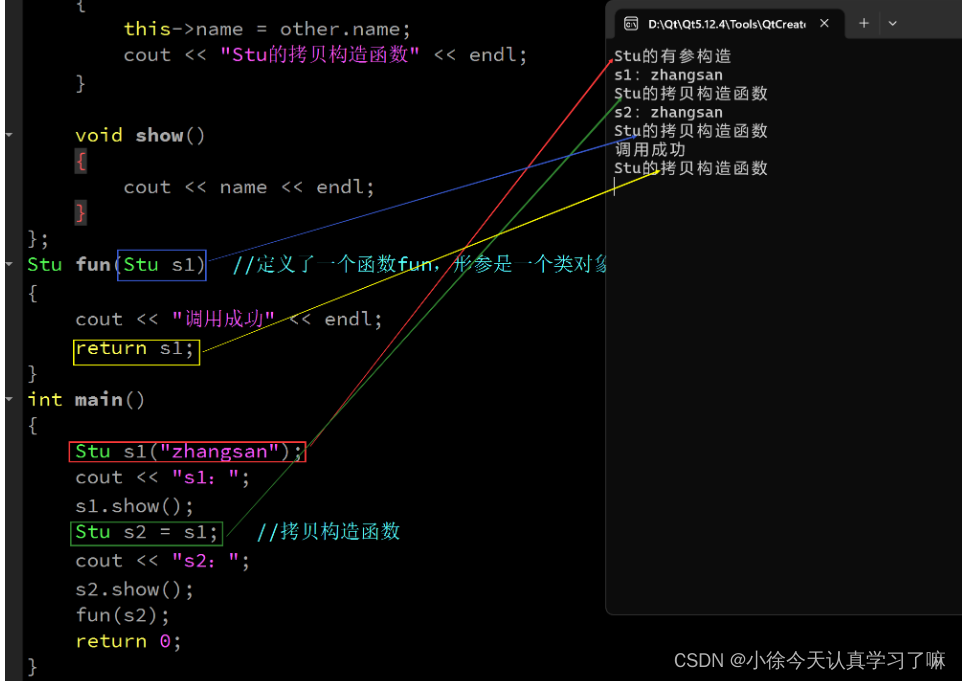
8.深浅拷贝问题
#include <iostream>
using namespace std;
class Stu
{
int *p;
public:
Stu():p(new int) //在不传参的情况下,给指针成员p用堆区的空间初始化
{
cout << "Stu无参构造" << endl;
}
Stu(int a):p(new int(a)) //在参数为整形变量的情况下,让p指向堆区申请的空间
//但是把这篇空间的内容,用传过来的整形变量初始化
{
cout << "Stu的有参构造" << endl;
}
Stu(int *p) //要求传过来的指针的值,一定是指向堆区空间
{
this->p = p;
cout << "Stu传指针的有参构造" << endl;
}
~Stu()
{
//在析构之前释放堆区的空间
cout << "准备释放空间:" << p << endl;
delete p;
p = nullptr;
cout << "Stu的析构函数" << endl;
}
void show()
{
cout << "p=" << p << endl;
}
void set_p(int a)
{
*p = a; //通过指针变量p,修改内存中的值
}
void show_p()
{
cout << *p << endl; //通过指针变量,输出p指向的内存中的值
}
//拷贝构造函数
Stu(Stu &other)
{
p = new int; //手动让s2的指针p指向堆区的空间
//实现深拷贝
*p = *(other.p);
cout << "Stu的拷贝构造函数" << endl;
}
};
int main()
{
Stu s1(90); //会给s1的指针成员在堆区申请一片空间使用90初始化
Stu s2 = s1; //申请了一个Stu的类对象的空间,也实现了用s1的值初始化s2
//左调右参
//上面一行,调用了拷贝构造函数
//使用了默认提供的拷贝构造,会造成指针成员,指向同一片空间的问题
// cout << "s1:";
// s1.show();
// cout << "s2:";
// s2.show();
s1.show_p();
s2.show_p();
s1.set_p(101);
s1.show_p();
s2.show_p();
return 0;
}
